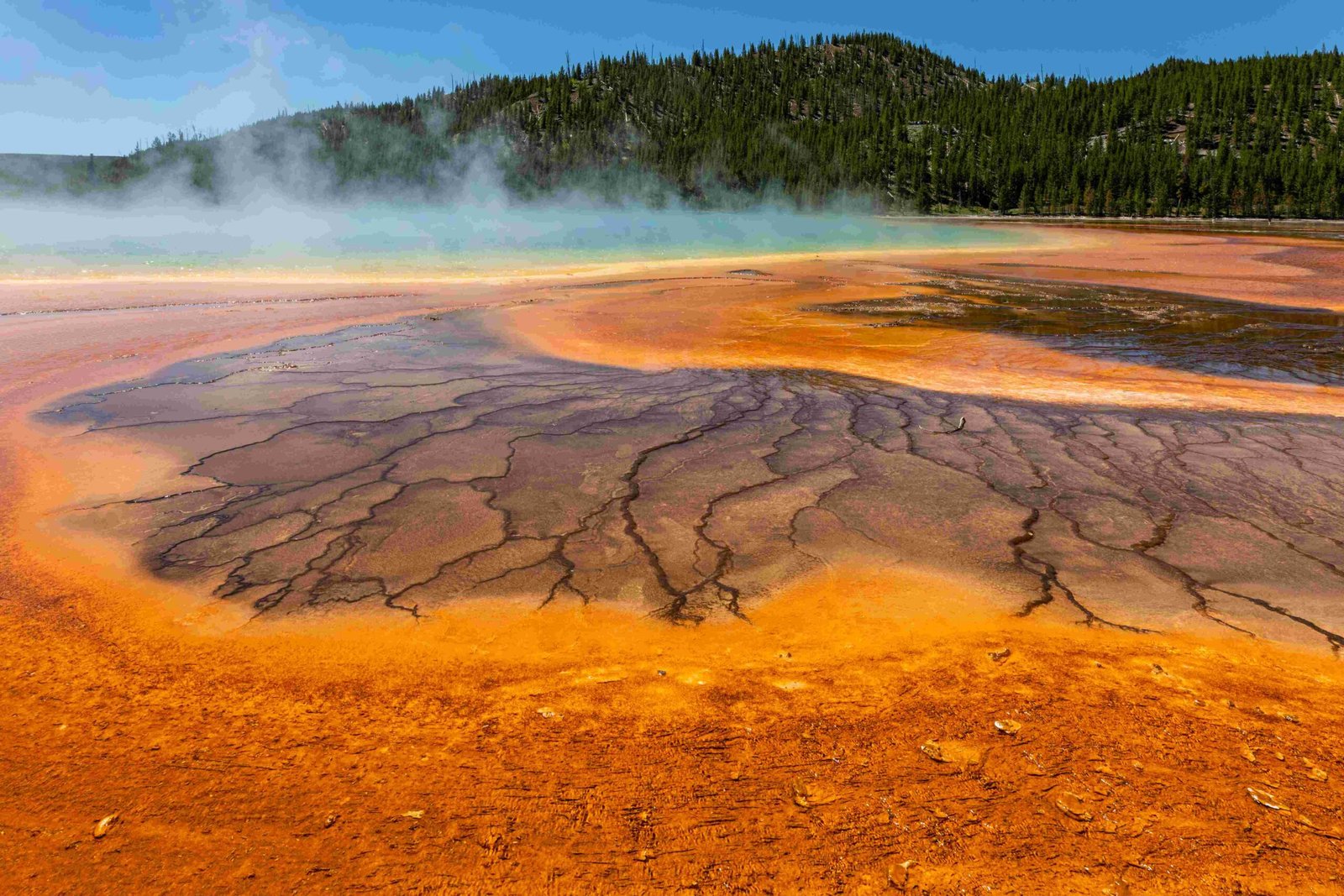Yellowstone National Park, established in 1872, holds immense ecological and economic value. As the world’s first national park, it set a global precedent for conservation. The park’s geothermal features, diverse wildlife, and stunning landscapes attract millions of visitors annually, contributing significantly to local economies. Yellowstone’s role in preserving ecosystems, supporting scientific research, and promoting environmental awareness underscores its enduring significance.
What Are the Economic Benefits of Yellowstone National Park?

Yellowstone National Park serves as a powerful economic engine for surrounding communities and the nation as a whole. Let’s explore the financial impact of this natural wonder:
Visitor Spending and Job Creation
- In 2022, 3.3 million visitors spent $452 million in communities near the park
- This spending supported 6,234 jobs
- The cumulative contribution to the local economy reached $600 million
Sector-Specific Economic Impact
- Lodging sector: Highest direct economic effects
- Generated $7 billion in national economic output (2021)
- Restaurant sector: Second-highest impact
- Generated $4.2 billion in national economic output (2021)
Historical Economic Data
| Year | Visitors | Spending | Jobs Supported | Economic Contribution |
|---|---|---|---|---|
| 2021 | 4.9 million | $630 million | 8,736 | $834 million |
| 2022 | 3.3 million | $452 million | 6,234 | $600 million |
These figures demonstrate the substantial economic value Yellowstone brings to local communities and the broader economy.
How Do Geothermal Features Contribute to Yellowstone’s Significance?

Yellowstone’s geothermal features are not only awe-inspiring but also scientifically significant. They play a crucial role in attracting visitors and supporting unique ecosystems.
Abundance and Diversity of Geothermal Features
- Over 10,000 geothermal features
- More than 500 active geysers, including the famous Old Faithful
- Hot springs with temperatures ranging from 100°F to 194°F (38°C to 90°C)
Global Geological Significance
Yellowstone sits atop a volcanic hotspot, making it one of the most significant geothermal areas worldwide. The Yellowstone Caldera system is a major geological feature that provides insights into Earth’s volcanic processes.
What Role Does Yellowstone Play in Wildlife Conservation?
Yellowstone National Park is a crucial habitat for numerous species and plays a vital role in wildlife conservation efforts.
Key Wildlife Population Statistics
- Wolves: Approximately 100 wolves in the park (as of 2020)
- Bison: Largest free-roaming herd in the country, with about 4,900 individuals
- Grizzly Bears: Around 700 in the Greater Yellowstone Ecosystem
Conservation Initiatives
- Successful wolf reintroduction program initiated in the 1990s
- Ongoing efforts to maintain healthy populations of iconic species
- Coordination with state and federal agencies for regional wildlife management
Yellowstone’s vast, intact ecosystem supports a wide range of species, making it a cornerstone of broader wildlife conservation initiatives in North America.
How Has Yellowstone Influenced Conservation Practices?
As the world’s first national park, Yellowstone has had a profound impact on global conservation efforts and ecosystem management practices.
Historical Milestones
- Established on March 1, 1872, by President Ulysses S. Grant
- Inspired the creation of national parks worldwide
- Led to the National Park Service Organic Act of 1916
Current Conservation Practices
- Balancing tourism with environmental protection
- Implementing science-based wildlife management strategies
- Preserving natural and cultural resources
- Engaging in ongoing research to inform management decisions
- Collaborating with local communities and stakeholders
Yellowstone’s management approaches continue to evolve, setting standards for ecosystem conservation and sustainable tourism globally.
What Scientific Value Does Yellowstone Offer?
Yellowstone National Park serves as a living laboratory for scientists across various disciplines.
Research Opportunities
- Geothermal studies: Understanding volcanic and hydrothermal systems
- Wildlife biology: Long-term population studies and ecosystem dynamics
- Climate change research: Monitoring environmental shifts in a protected area
- Microbiology: Studying extremophiles in hot springs
Educational Value
- Provides hands-on learning experiences for students and researchers
- Offers public education programs on ecology, geology, and conservation
- Inspires future generations of scientists and conservationists
The park’s diverse ecosystems and unique geological features make it an invaluable resource for scientific discovery and environmental education.
How Does Yellowstone Contribute to Cultural Heritage?
Yellowstone is not only a natural wonder but also a site of significant cultural importance.
Native American Heritage
- Sacred site for numerous indigenous tribes
- Rich history of human habitation dating back over 11,000 years
- Preservation of archaeological sites and cultural landscapes
American Cultural Icon
- Symbolizes the nation’s commitment to preserving natural wonders
- Featured in art, literature, and popular culture
- Represents the idea of wilderness in the American psyche
By protecting both natural and cultural resources, Yellowstone plays a crucial role in preserving America’s diverse heritage.
In conclusion, the value and significance of Yellowstone National Park extend far beyond its boundaries. Its economic impact, ecological importance, scientific contributions, and cultural significance make it an irreplaceable national treasure. As we face global environmental challenges, Yellowstone stands as a testament to the importance of conservation and the enduring value of protecting our natural world.
References:
1. https://www.nps.gov/yell/learn/news/23035.htm
2. https://www.nps.gov/yell/learn/news/20025.htm
3. https://www.nps.gov/yell/learn/news/19019.htm

